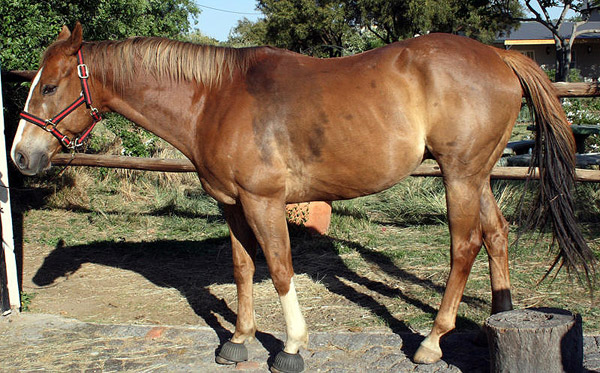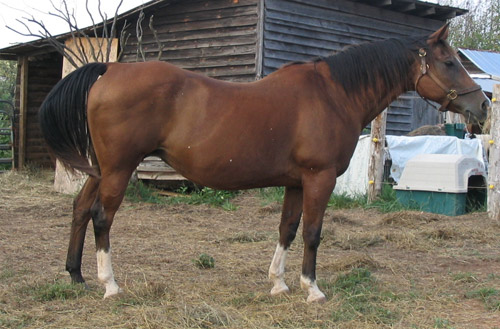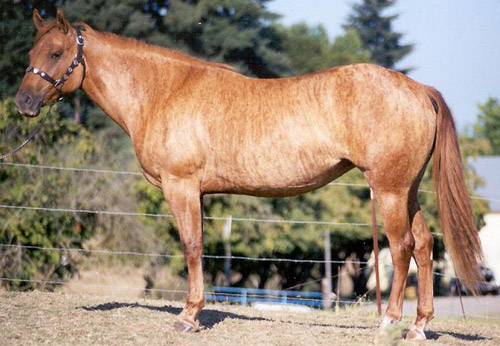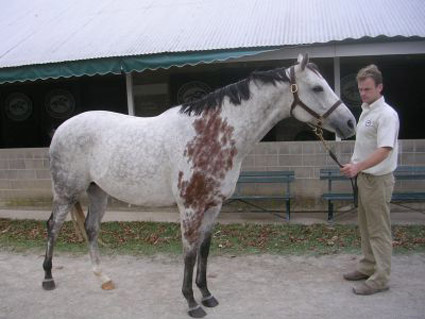Some of the stranger and more exotic colors & markings.
There are plenty of grey areas in the wide world of horse colors. Considering the many combinations of dilutions, modifiers & white patterns that can affect coat color, horses come in almost every color imaginable.
Unexplained Markings and Patterns
There are also plenty of unexplained markings and patterns, some of which have had geneticists scratching their heads for years.
Bend or Spots / Ben d’Or Smuts / Grease Spots

Image from Jenna
- Spots of color that can be from a few shades darker than body hairs to black
- Commonly seen on chestnuts and palominos
- Random on horses body
- Can be present at birth or develop
- Cause unknown
- Named after a Thoroughbred who was chestnut with dark spots on his body
Birdcatcher Spots / Tetrarch / Chubari spots

Image from Horses Ring
- Cause is unknown
- Small spots of white on the body about size of pearls to the size of a dollar coin
- Thought to have something to do with sabino pinto
- Also named after a Thoroughbred who carried the spots
- Found in Thoroughbreds and Akhal-Tekes
Brindle

Image from Sharp Pillows

Image from Southwest Spanish Mustang Association
- Striped pattern a few shades darker than coat color
- Common in cattle and dogs but rare in horses
- Varies in appearance from animal to animal
- Usually doesn’t affect head and legs as much as body
- Concentration generally on neck shoulders and hindquarters
- Dun factor can cause wrinkles that look similar to brindle
- Grey horses may display striping mistaken for brindle
- No evidence of a gene that causes brindle
- Occur with expressions of dun, rabicano and classic roan genes
Lacing
- Also called giraffe markings, marble, cobweb or lace
- Can be from a fungal infection called rain rot or a blood disorder
- Can be associated with appaloosa or pintos
- Cause is unknown
- Generally develops over time
- Australians call it Catbacked
Blood Marks / Bloody Shoulder

Image from White Horse Productions
- Only found on grey horses
- Large concentration of fleabites in one particular area
- Rare and usually only happens in Arabians
- Area can grow as horse ages
- Called bloody shouldered greys
Ink Spots / Paw Prints
- Dark spots found on white tobiano markings
- 1-3 inches wide
- Found in clusters which resemble paw prints
